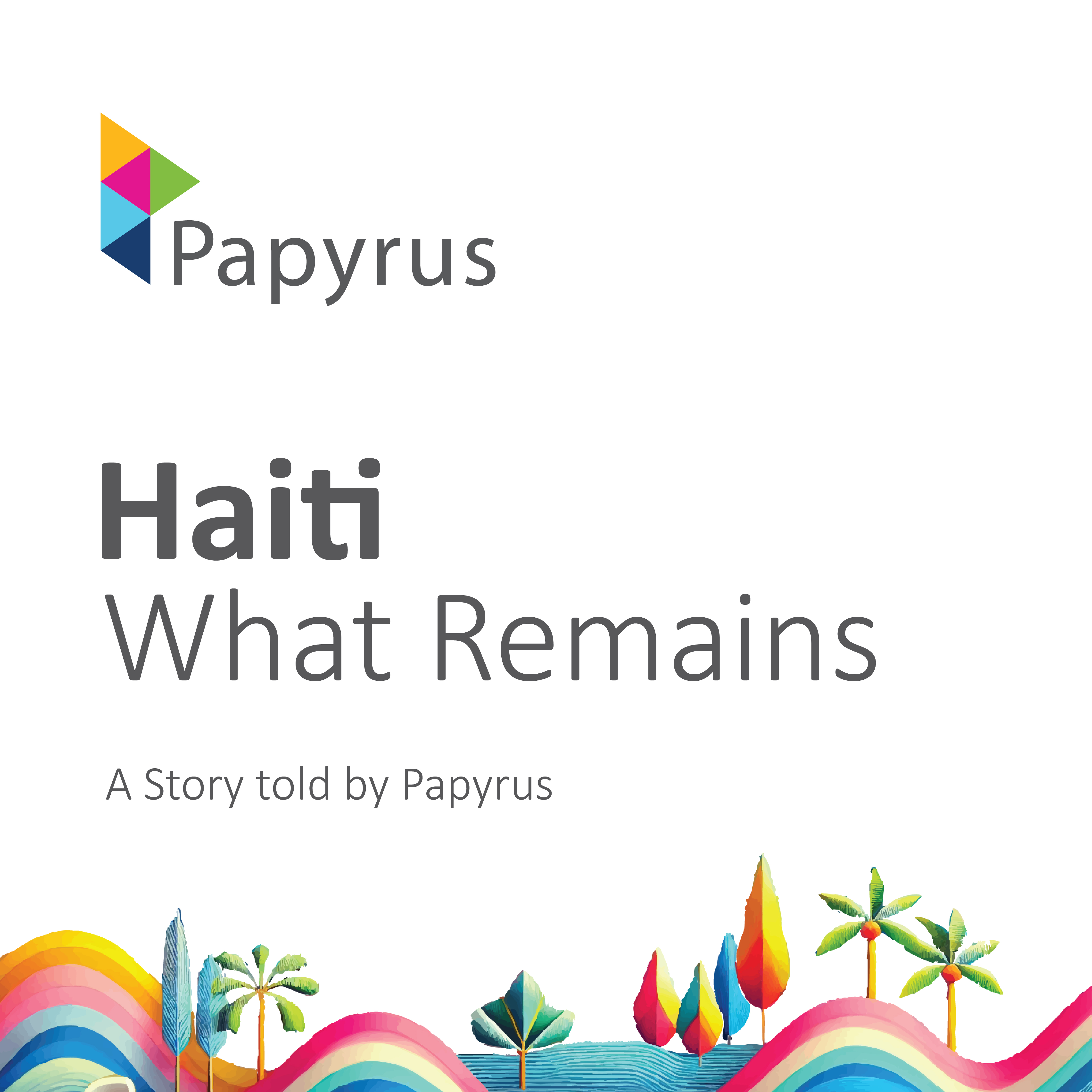Vanilla: a Potential High-Value crop for Cacao Farmers in Haiti
The agroecological cacao production model in Haiti is suitable to intercropping vanilla. Thus, PISA is working with cacao farmers to develop this potential high value crop to diversify and increase their income.

The agroecological cacao production model in Haiti is suitable to intercropping vanilla. Thus, PISA is working with cacao farmers to develop this potential high value crop to diversify and increase their income.
Vanilla was introduced to Haiti by the USAID-Deed project ten years ago. This year, PISA plans to establish an appropriate market system strategy to make it profitable. To experiment with the post-harvest process of vanilla, PISA approached producers whose plots showed recurrent production of vanilla beans from natural pollination to produce cuttings for distribution to cacao farmers and buy green beans to start processing.
From scalding to prevent vanilla beans from ripening, through various fermentation processes, plus exposure to the sun and finally a drying process, vanilla drying is a delicate three-month process that requires a high level of discipline and care. This process aims to insure high vanillin content and flavor development.
PISA entrusted the task to its experienced junior agronomist, Nocelyn Preval to embark on this delicate experimental venture and to better support APROCANO producers. "I have been working with PISA since 2014. We’ve made great strides in promoting the Haitian cacao internationally, which has significantly increased the income of local cacao producers. Today, we are experimenting with vanilla beans, and we are working towards developing the same level of interest in this crop as we did for the Haitian cacao. Our most important goal is to increase the income of the cacao producers, who have trusted us since 2014, and support them in diversifying their products. This promises to be an interesting starting point for PISA, and specially for local cacao producers.”
Also read:





